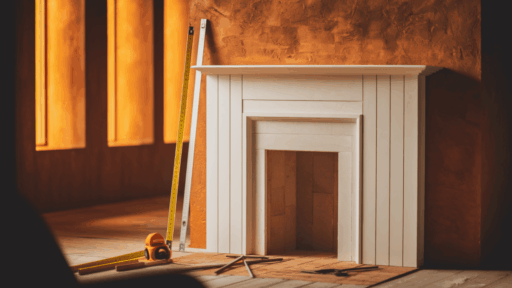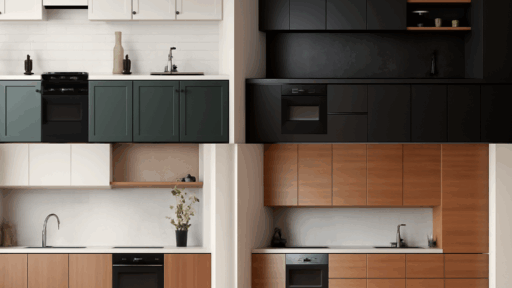When upgrading insulation in any structure—whether it’s a residential garage, metal building, or detached studio—it’s not always a case of “all or nothing.” Budget, access, timing, and primary usage of the space can all influence whether a full insulation job is realistic or even necessary. This is where partial insulation installs come into the conversation.
But before making a decision, there are a few crucial factors to weigh up. Partial installs aren’t just a shortcut—they require the same strategic thinking as full-scale jobs. If done without proper consideration, they can lead to underperformance, trapped moisture, and wasted money. If done right, they can offer significant improvements in temperature regulation and comfort, even when only part of a structure is addressed.
Let’s take a closer look at what you need to know before committing to a partial insulation install, and how to make sure it delivers real impact.
Understanding Partial Insulation Installs
A partial insulation install typically means insulating only one portion of a building—commonly the roof or walls—rather than the entire envelope. This approach is especially common in metal buildings, garages, or workshops where energy efficiency is important but a full retrofit may not be feasible.
In these cases, homeowners or building managers often start with the roof, as it tends to be the area most exposed to direct sunlight and radiant heat. Roof insulation alone can significantly reduce heat gain in summer, helping the interior stay cooler even without touching the walls.
However, the performance of a partial install depends on the structure’s design, climate zone, and the type of insulation being used. Not every material or method is well-suited for a segmented approach.
For instance, reflective insulation systems (which use foil to reflect radiant heat) must be installed with air gaps and careful attention to thermal bridging. That’s why understanding the unique partial install considerations for your building is essential—what works for one structure may not work for another.
How to Evaluate Whether a Partial Install Is Right for You
Before you commit to a partial approach, ask yourself the following:
- What’s the building used for? A garage that stores tools will have different needs from one used as a home office or gym.
- Which areas are most affected by temperature swings? In many cases, roof-only insulation can address 60–70% of heat gain.
- Are you dealing with moisture issues? Improperly designed partial installs can trap moisture, leading to corrosion or mold.
- Is there HVAC present? If you’re heating or cooling the space, you’ll want to consider how insulation affects efficiency.
A professional energy audit or thermal imaging scan can give you a data-driven look at where the heat is coming in and escaping. Even if you’re planning a DIY install, this insight can guide your priorities.
Common Mistakes to Avoid with Partial Installs
One of the biggest misconceptions is that any insulation is better than none. While that’s often true in theory, poor placement or incompatible materials can actually worsen performance. For example:
- Skipping the vapor barrier: In metal buildings, especially, omitting a proper vapor barrier under insulation can create condensation problems.
- Ignoring thermal bridging: Metal framing conducts heat rapidly. If your insulation doesn’t address this, you’ll lose efficiency.
- Not sealing gaps: Even with insulation in place, air leaks through doors, windows, and vents can offset your efforts.
A partial install should still follow best practices for installation, air sealing, and moisture control.
Cost-Benefit Analysis of Partial vs. Full Insulation
The cost savings of a partial install can be substantial. In many cases, insulating only the roof can reduce project costs by 40–60%. But this should always be weighed against the long-term performance gains of a full install.
If your building is primarily used in one season or during daytime hours, the return on investment from insulating just the roof might be perfectly acceptable. On the other hand, if you plan to climate-control the space year-round, a partial install may only be a short-term solution.
It’s also worth considering future plans. If a full install is on the cards within the next year or two, starting with a partial install using a compatible system allows for easier upgrades down the line.
Final Thoughts: Make It Strategic, Not Shortcut
Partial installs make sense in the right context. They’re not a compromise if you approach them with the same level of planning as you would a full insulation job. The key is understanding your building’s needs, using the right materials, and following guidance on how to properly install and integrate partial systems—especially when working with reflective insulation or unique building types.
Ultimately, the goal of any insulation project—partial or full—is comfort, efficiency, and long-term value. With the right strategy, a partial install can absolutely deliver on all three.








